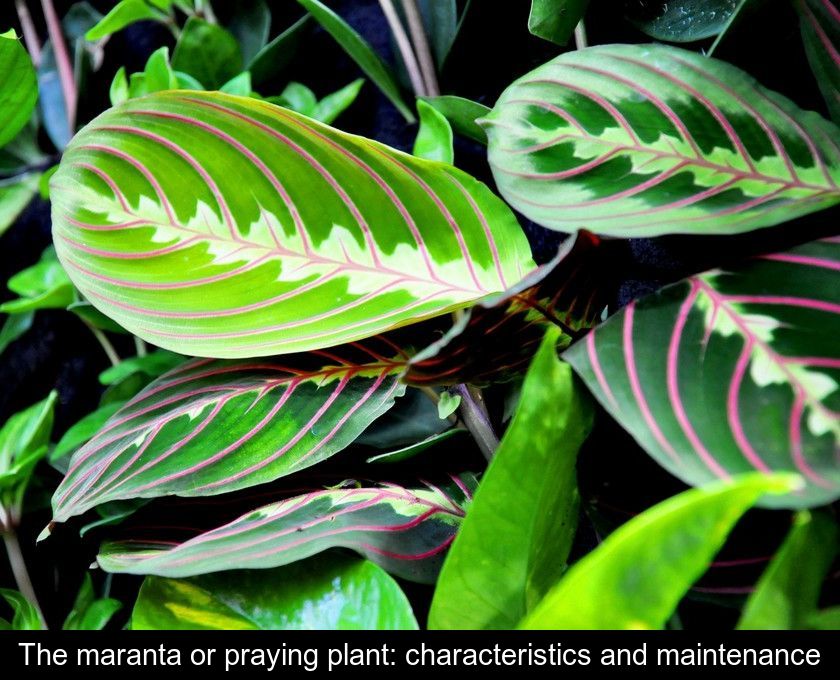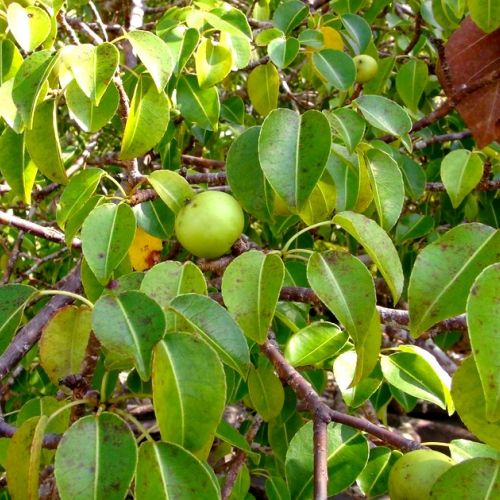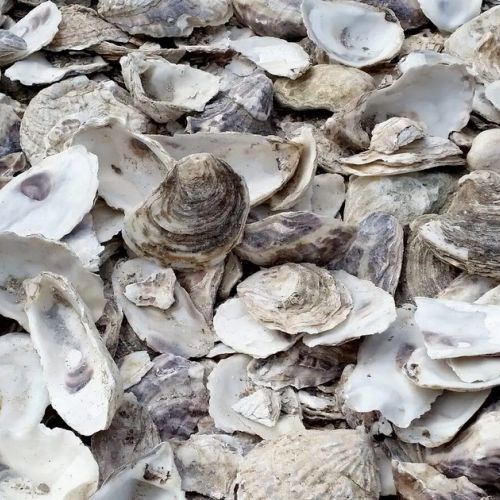The Maranta Or Praying Plant: Characteristics And Maintenance
If you're looking for an original plant for your home or to give as a gift, you might be tempted by a maranta or, more specifically, Maranta leuconeura. With its graphic foliage and amazing characteristics, this plant native to Central America is unlike any other!
A foliage that does not go unnoticed
With the fashion for houseplants with graphic foliage, you've probably seen a maranta without knowing its name. This small tropical plant native to Central America does indeed sport foliage that doesn't go unnoticed.
Its beautiful oblong leaves feature a whole palette of colors (dark green, light green and brown) and a very original pattern streaked with red veins in the shape of fishbones!
A plant with a surprising nickname
Not content with being particularly graphic and aesthetically pleasing, maranta foliage has another amazing characteristic. When night falls, its leaves straighten and curl in on themselves.
This feature has actually earned the Maranta leuconeura the nickname sleeping plant.
It is also known as the praying plant because it seems to straighten its leaves into a prayer position as soon as night falls.
A depolluting plant
Among the many qualities of maranta, we must point out its benefits for the indoor air of housing: it is a depolluting plant capable of purifying and sanitizing the atmosphere.
If the ambient air in your home is very dry, it is recommended to group several marantas in the same room.
Thanks to the amount of water they absorb and their important transpiration at the level of their large leaves (8 to 12 cm long on average), these tropical plants will help you maintain a good level of humidity at home.
Another advantage is that this houseplant is completely non-toxic, neither to children nor to pets.
An easy to maintain plant
Maranta is a fairly easy to care for houseplant. Like all plants of tropical origin, it likes humidity and warmth.
To make it happy in your home, provide it with a draught-free location and direct sunlight. This is because direct sunlight could cause its leaves to stain.
This beautiful graphic plant prefers a location with indirect light.
It also needs regular watering, about 3 times a week, and will appreciate it if you spray its leaves at the same frequency to ensure sufficient humidity.
Varieties more original than the others
If this presentation has made you want to adopt a maranta for its graphic and colorful foliage, you should know that there are several varieties all very aesthetically pleasing.
We especially know the typical species Maranta leuconeura in vogue on social networks of image sharing like Instagram...
But if you ask around in garden centers, you can find even more original varieties like the Maranta leuconeura 'Tricolor' (whose leaves have a dark red reverse) or Maranta leuconeura 'Kerchoveana'.
The latter variety is unusual in that its foliage sports brown spots that turn green and a blue-gray underside.











